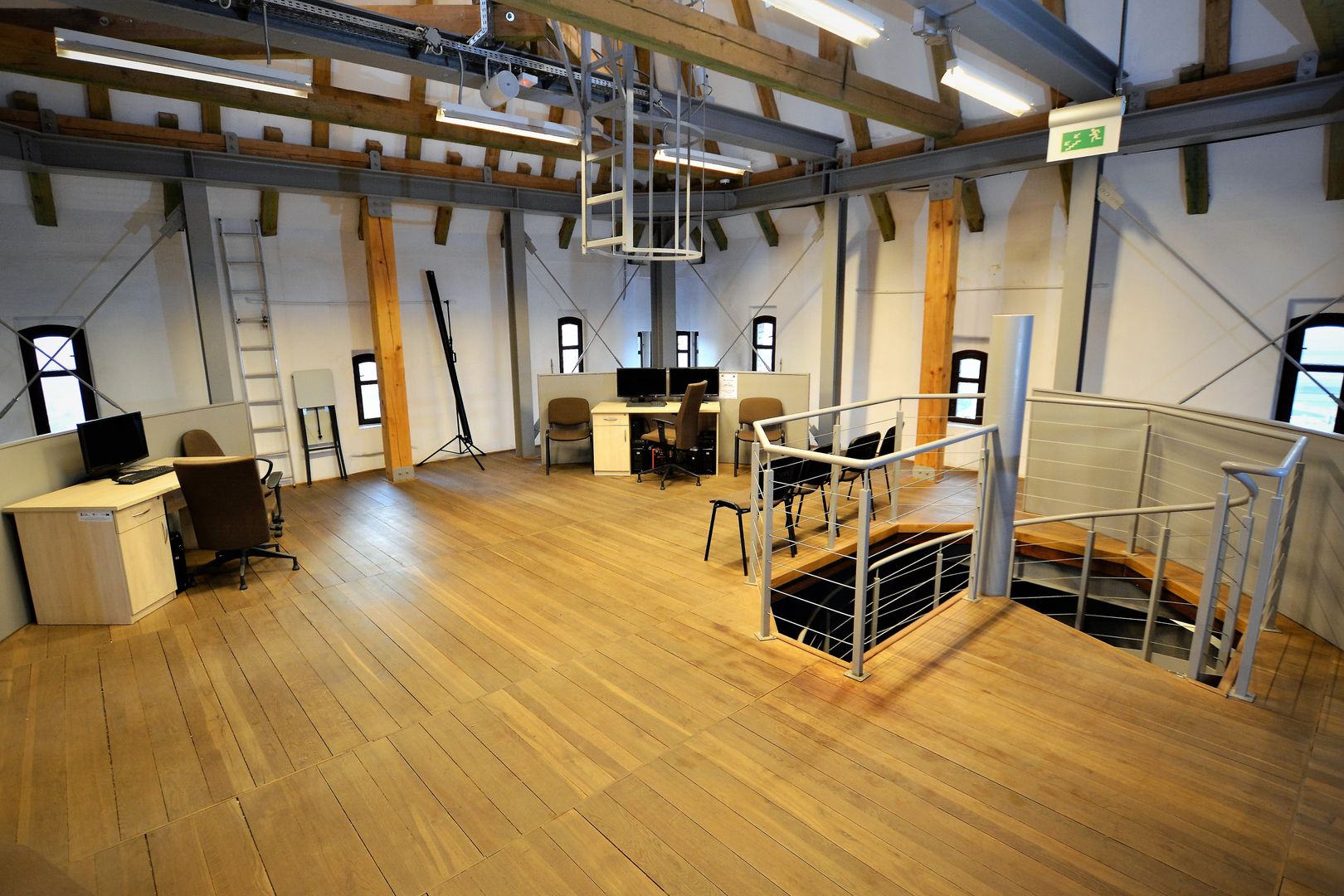Kościan
6.98

Overview
Kościan, a city in the Greater Poland Voivodeship, is known for its rich history dating back to the 13th century and numerous historical monuments. Situated on the Kościan Canal, it serves not only as the seat of the county authorities but also as a significant cultural center. The city's history is tied to its role as a market settlement in the Middle Ages. Kościan was granted town rights in the second half of the 13th century and became an important craft hub, particularly in the cloth-making industry, rising to become the second-largest urban center in the region after Poznań. In the 17th century, the city experienced a period of prosperity, though the destruction caused by the Swedish Deluge severely impacted its development. Modern tourist attractions include architectural landmarks such as the Gothic Church of the Assumption of the Blessed Virgin Mary with its valuable altars, the 15th-century town hall, and remnants of the city walls. Kościan also features eclectic architecture, including 19th-century villas and public utility buildings. The city's contemporary cultural life is enriched by various events, festivals, and the activities of local sports and cultural clubs. An interesting fact is the existence of the region's first Polish sports club, "Fervor," established in 1912, as well as modern sports facilities like the climbing wall in the Water Tower. Kościan is also a well-known educational center, with institutions ranging from kindergartens to secondary schools, including the Oskar Kolberg High School. The city also maintains strong international ties, cooperating with towns in Germany, the Netherlands, and the Czech Republic, highlighting its openness to collaboration and development. Thanks to its historical and architectural value, Kościan serves as an important cultural hub in the region, attracting tourists and residents from all over Poland.
Location
2025 Wizytor | All Rights Reserved